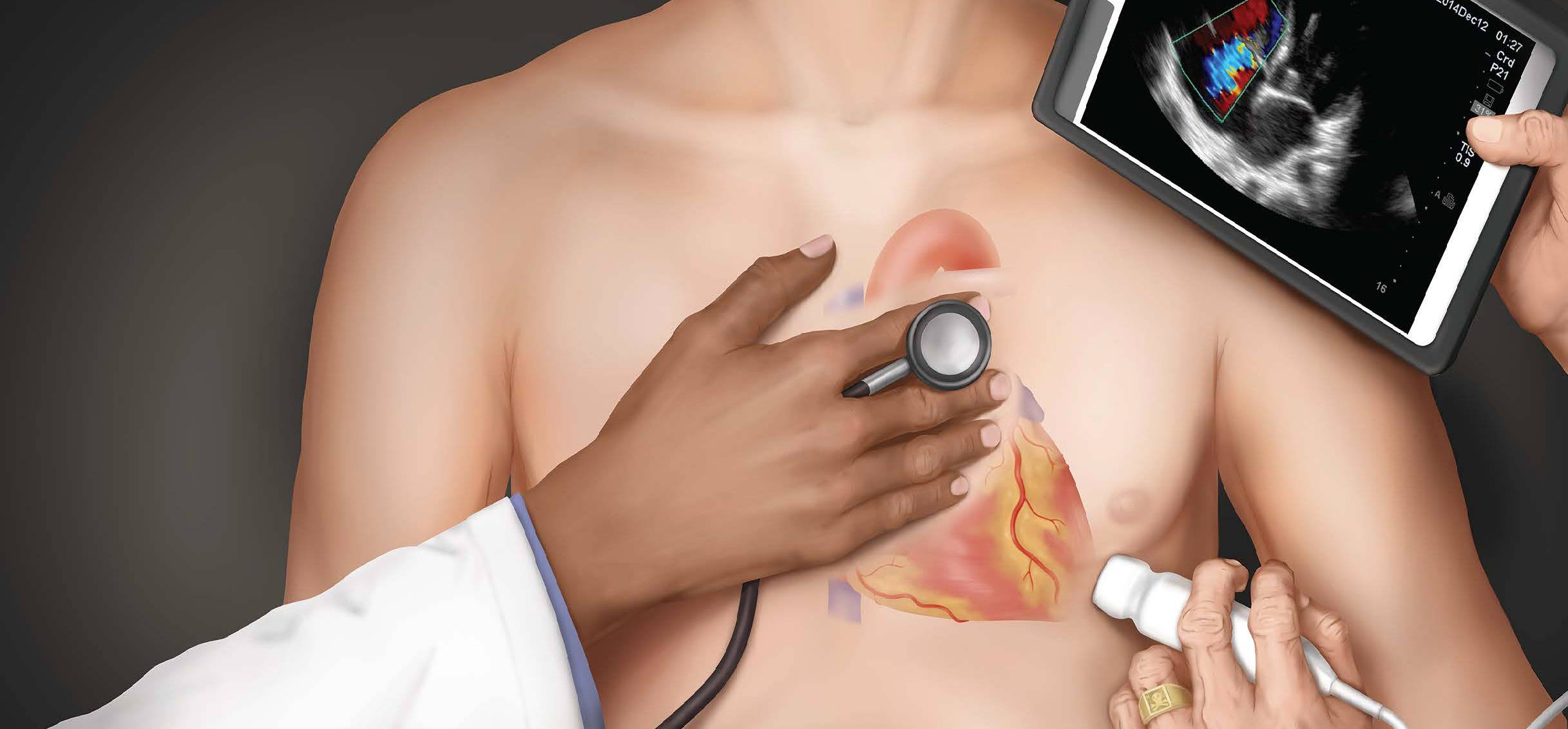
Undergraduate
Undergraduate medical education (UME) students utilize ultrasound as a tool for auxiliary understanding of functional anatomy and physiology. With advancement in training, ultrasound is incorporated into history, physical exam, and differential diagnosis formulation.
MCG CLERKSHIP ULTRASOUND ORIENTATION
Clinical Ultrasound eBook Online Link to Email Clerkship Images from Lumify Tablet
Jump to: UME Ultrasound Curricular Goals UME Ultrasound Curricular General Objectives
UME Ultrasound Curricular Goals
The goals of the UME ultrasound curriculum include:
- Advancement of Point-of-Care ultrasound technology as a clinical skills tool to expand the educational experience of MCG medical students with basic science content and to provide a pathway for integration of knowledge into the clinical patient care setting
- Transformation of basic science content knowledge and clinical experience of MCG medical students with Point-of-Care ultrasound technology to expand and improve their role as future physicians.
UME Ultrasound Curricular General Objectives
The general objectives of the UME ultrasound curriculum include:
- Utilization of Point-of-Care ultrasound technology as an educational tool to identify specific anatomical structures and physiological processes, and enhance clinical exam skills with ultrasound as an adjunct to the systemic anatomy and physiology content within the Phase 1 curriculum.
- Identification of specific organs / structures and pathological processes with Point-of-Care ultrasound technology and correlation of these findings to verify clinical exam skills as part of the physical diagnosis course and the Phase 2 curriculum.
- Application of Point-of-Care ultrasound scan techniques for basic and advanced ultrasound procedures and examinations as part of the required and elective core clerkship rotations within the Phase 3 curriculum.